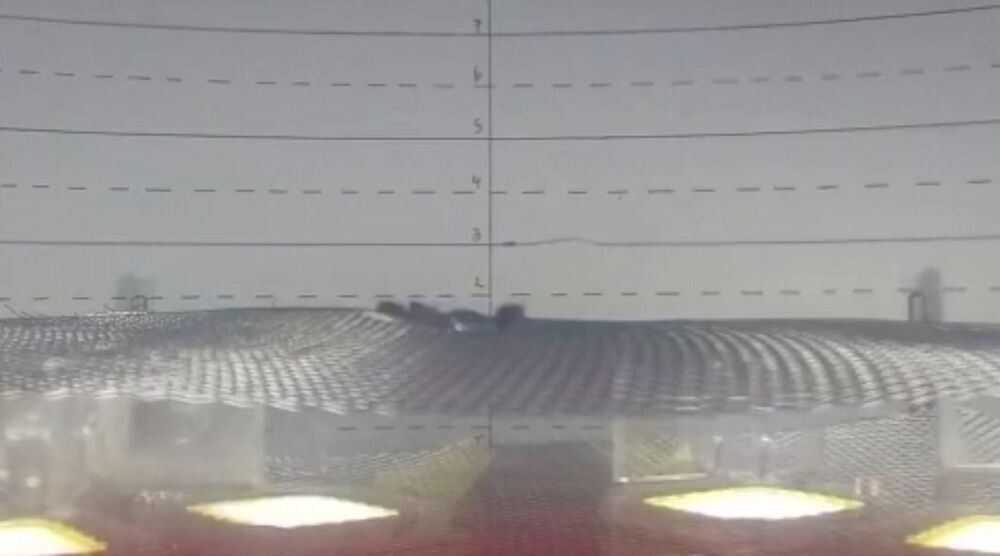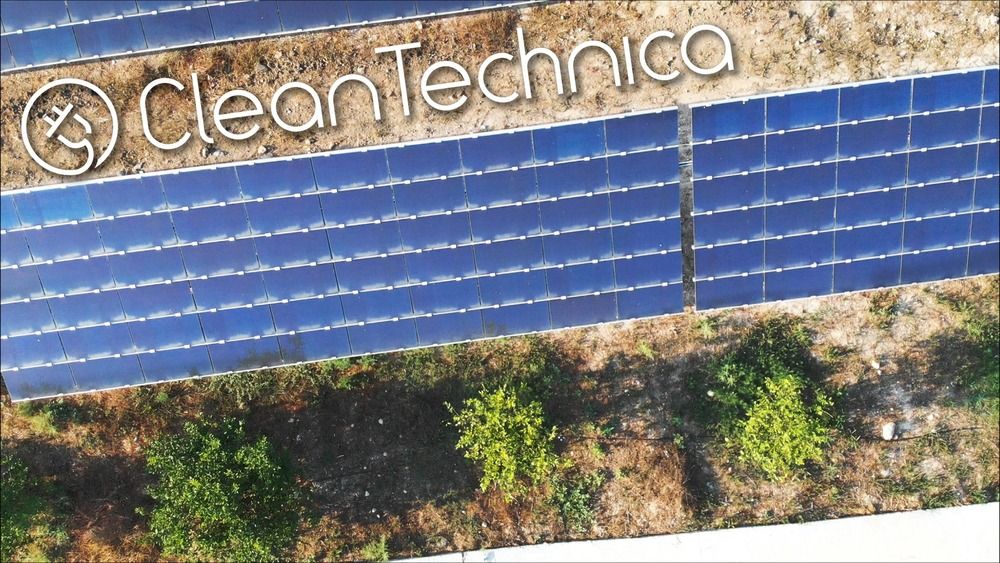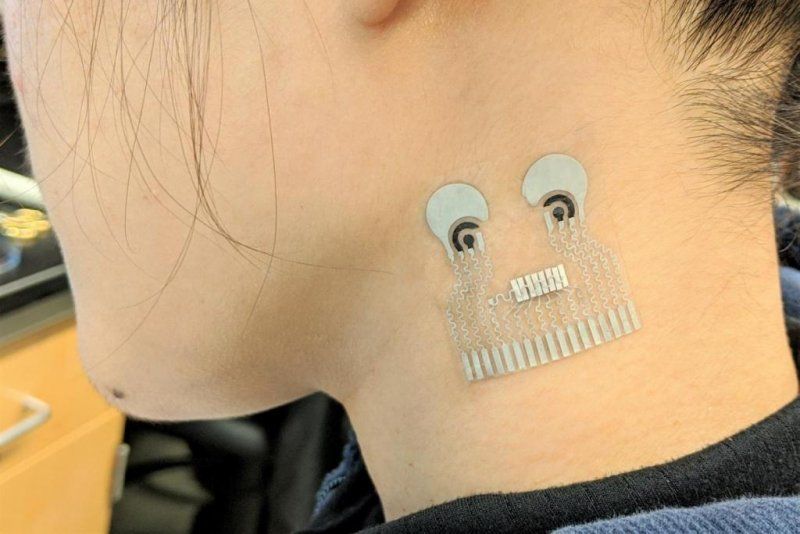
Get the latest international news and world events from around the world.


Light and a Single Electron Used to Detect Quantum Information Stored in 100,000 Nuclear Quantum Bits
Researchers unlocked the electronic properties of graphene by folding the material like origami paper.
Researchers have found a way to use light and a single electron to communicate with a cloud of quantum bits and sense their behavior, making it possible to detect a single quantum bit in a dense cloud.
The researchers, from the University of Cambridge, were able to inject a ‘needle’ of highly fragile quantum information in a ‘haystack’ of 100000 nuclei. Using lasers to control an electron, the researchers could then use that electron to control the behavior of the haystack, making it easier to find the needle. They were able to detect the ‘needle’ with a precision of 1.9 parts per million: high enough to detect a single quantum bit in this large ensemble.
The technique makes it possible to send highly fragile quantum information optically to a nuclear system for storage, and to verify its imprint with minimal disturbance, an important step in the development of a quantum internet based on quantum light sources. The results are reported in the journal Nature Physics.
Scientists Use Lithium To Control Heat In Nuclear Fusion Reactors
Researchers unlocked the electronic properties of graphene by folding the material like origami paper.
Researchers at the US Department of Energy’s Princeton Plasma Physics Laboratory have created a plan using liquid lithium to control the extreme heat that could strike the exhaust system inside tokamak fusion reactors.
A tokamak is a confinement device that uses a powerful magnetic field to confine plasma in the shape of a torus and whose work is to produce controlled thermonuclear fusion power.
Fusion, on the other hand, is the nuclear reaction that occurs when atoms collide and fuse together, releasing huge amounts of energy. This process is what powers the Sun.

Researchers explore using light to levitate discs in the mesosphere
A team of researchers at the University of Pennsylvania has found that it is possible to levitate very thin discs in conditions that mimic the mesosphere using laser light. In their paper published in the journal Science Advances, the group describes their research involving a possible way to allow flight at very high altitudes and how well it worked.

Microalgae identified as clean source of hydrogen production
Researchers unlocked the electronic properties of graphene by folding the material like origami paper.
Researchers at Monash University’s Department of Chemical Engineering, IITB-Monash Research Academy Mumbai, and The Indian Institute of Technology’s Department of Chemical Engineering have used reactive flash volatilisation (RFV) gasification technology to produce hydrogen using microalgae, giving rise to newer and cleaner forms of energy.

1 Gigawatt Solar + Storage Plant Planned For France
A giant 1 gigawatt (1000 megawatt) solar-plus-storage project is currently planned for France. Engie, one of the world’s biggest energy companies, and Neoen, a large French power producer, are planning to build this project together near the small French town of Saucats. The project’s name is Horizeo.
Toyota claims the 2021 Mirai fuel-cell car cleans the air, calls it “minus emissions”
The 2021 Toyota Mirai claims to have better than zero-emissions by filtering the outside air, but it ignores the emissions of hydrogen sourcing.

New skin patch promises comprehensive health monitoring
“” This type of wearable would be very helpful for people with underlying medical conditions to monitor their own health on a regular basis,” co-first author of the study Lu Yin said in a news release.
New wearable device converts body heat into electricity.
“It would also serve as a great tool for remote patient monitoring, especially during the COVID-19 pandemic when people are minimizing in-person visits to the clinic,” Yin, a nano-engineering doctoral student at the University of California, San Diego.
In addition to monitoring chronic conditions like diabetes and high blood pressure, as well as pinpointing the onset of sepsis, the patch could help predict people at risk of becoming severely ill with COVID-19.
Scientists have developed a thin, flexible skin patch, worn on the neck, that can provide all-in-one health monitoring capabilities, including the wearer’s heart rate, blood pressure and glucose levels.
FAA gives approval to ‘flying car’ that reaches altitude of 10,000 feet
Able to reach 100 mph and an altitude of 10000 feet, the Transition has a range of about 400 miles It has a 27-foot wingspan but the wings fold up, allowing it to be parked in a single-car garage.
Dr. Paola Vega-Castillo — Costa Rica’s Minister of Science, Technology and Telecom — Bio-Economy
Is the Minister of Science, Technology and Telecommunications for the country of Costa Rica and has served in this role since June 1st, 2020.
Dr. Vega-Castillo was previously Deputy Minister of Science and Technology and also served as Vice President for Research and Outreach in the Instituto Tecnológico de Costa Rica (ITCR) where she promoted the strengthening of research and outreach, and linkages with the national and international sector for increasing the scientific publication and patents.
Dr. Vega-Castillo has a degree in Electronic Engineering from the ITCR and graduated with a PhD. in Microelectronics and Microsystems at Technische Universität Hamburg-Harburg (TUHH).
We discuss the Costa-Rica National Bio-Economy Strategy — An initiative that has a knowledge-based, green, resilient, and competitive economy as its model and which also proposes the application of the principles of a circular bio-economy and the de-carbonization of production and consumption processes.